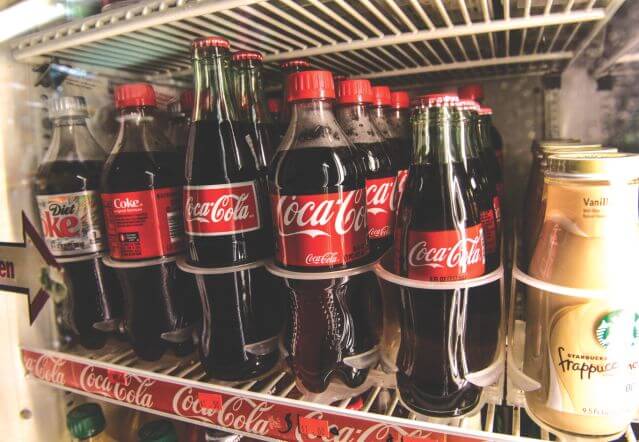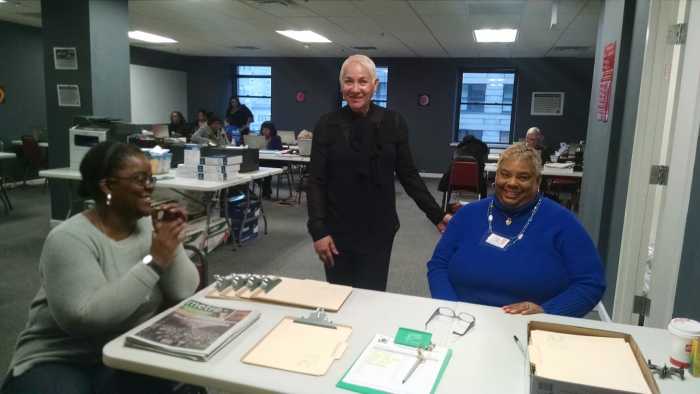The company planning to redevelop the former Philadelphia Energy Solutions refinery is hoping the Board of Education changes its tune Thursday night.
Board members are scheduled to decide on whether to extend a lucrative tax break, known as a Keystone Opportunity Zone, for the South Philadelphia refinery site, which closed last summer after a devastating explosion and fire.
It came as a shock last month when the measure, backed by Mayor Jim Kenney and City Council, fell one vote short.
Representatives from Hilco Redevelopment Partners, which recently purchased the property for $225.5 million, and the city’s commerce department came back to the BOE to reintroduce the resolution in an attempt to meet an October deadline to extend the KOZ.
Progressive advocates and members of Philly Thrive, a group that fought to close the refinery on environmental grounds, have been urging board members to again reject the proposal. They also took issue with the provision getting a second vote at all.
School board approval is required because KOZ designations affect school taxes, though Hilco has agreed to pay $1.36 million annually in lieu of taxes.
Hilco wants to turn the 1,300-acre refinery site into millions of square feet of warehousing space. When it’s complete, in about a decade, the development will be “one of the largest and most important commercial hubs in the United States,” the company says on its website.
The tax break has been portrayed as integral to the process. Companies within the zones pay little to no state or local real estate or business taxes, though they must reach a deal with the city to pay some property taxes.
“The KOZ is important because it allows us to accelerate the timeline to remediate and redevelop this site,” a Hilco spokesperson told Metro. “In this economic downturn, employment opportunities are critical for the City of Philadelphia and the KOZ will allow these jobs to be realized more quickly.”
Hilco said it is committed to the property along the Schuylkill River and will look into alternatives if the KOZ is not extended.
For the PES site, there was an existing KOZ that is expiring and the matter before the BOE is whether to continue it for another 10 years.
If passed by the board, Hilco’s application would be forwarded to the state for final approval.
Earlier this month, during a BOE committee hearing, Acting Commerce Director Sylvie Gallier Howard said that, while the city was disappointed by the August vote, officials saw an opportunity to take a new look at how KOZs are handled.
“We heard your concerns, and we take them very seriously,” she said during the Sept. 3 meeting. “The board’s vote last month was a statement that more assurances need to be in place.”
Gallier Howard said the remediation and reimagining of the property is a chance to restore historic wrongs, clean up a polluted site and create jobs and economic activity.
A Hilco presentation included commitments to work with the School District of Philadelphia on internships, apprenticeships, recruitment and other programs. Gallier Howard called the partnership a “front door” for employers to reach public school students.
Rodney Garrett, who lives near the former refinery, believes Hilco is appealing to politicians and top officials, instead of engaging with neighbors.
“Fundamentally, this does bother me,” Garrett, a Philly Thrive member, said. “Why would it be so hard for them to pay? This is not a pinch of what they’re worth.”
“The schools definitely need this money,” he added.
Gallier Howard said PILOT agreements that come along with KOZs ensure that the school district does not lose revenue.
City officials and Hilco have pointed to the potential economic benefits of the project as a reason to support the tax break.
The plane will include extensive remediation and construction, creating an estimated 13,000 jobs. There will be an additional 20,000 permanent jobs as a result of the development, according to a study commissioned by Hilco.
“Our goal is to keep these jobs in the community,” Hilco executive Jeremy Grey said at the Sept. 3 hearing. “That’s one of the driving forces that everybody’s really interested in.”
The company projects the finished complex will contribute $3 billion annually to the regional economy and $41 million a year in local tax revenue. In addition, Hilco has said it will invest in public transportation and infrastructure improvements near the facility.






























